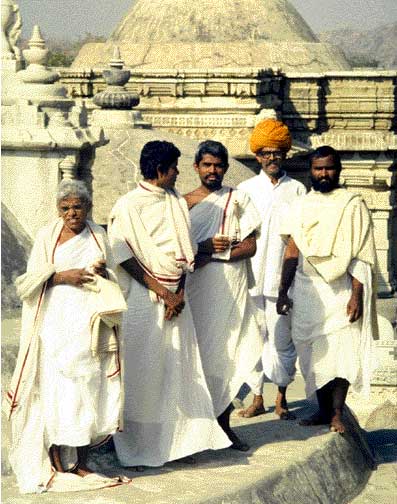Religion in Ancient India

Harappan Period
The religious beliefs of the Harappan civilization, also known as the Indus Valley Civilization (ca. 3300 BCE – 1300 BCE), are largely inferred from archaeological findings. The prominence of a "mother-goddess" figure suggests a society deeply concerned with fertility and earth's bounty. Terracotta figurines of this deity, often linked with fertility, have been discovered. Additionally, many seals depict a figure seated in a yogic posture surrounded by animals, leading some to speculate this might be an early representation of Lord Shiva as "Pashupati" or "Lord of Animals." However, direct evidence of specific rituals or practices remains scanty.
Aryan Period
The Vedic period that followed introduced a shift in religious dynamics, primarily brought by the Indo-Aryans. Their religious texts, the Vedas, offer insights into their complex pantheon of deities and elaborate rituals. Gods like Agni (fire), Indra (war and thunderstorms), Varuna (cosmic order), and many others dominated the Aryan religious landscape. Rituals were vital, with hymns and mantras chanted during sacrifices, ensuring cosmic balance. The Brahmins, the priestly class, held significant sway as they were the custodians and performers of these rituals.
However, as time progressed, some began to find the ritualistic Vedic religion lacking in spiritual depth. The elaborate and sometimes costly sacrifices became inaccessible to many, leading to a degree of disillusionment.
Asceticism and Philosophical Evolution
In response to these feelings, a wave of introspection and philosophical inquiry spread through the subcontinent around the 6th century BCE. Asceticism became a popular path, with many renouncing worldly pleasures to seek spiritual truths. This era saw the composition of the Upanishads, philosophical texts that explored the nature of reality, the self, and the ultimate purpose of life.
The doctrines of samsara (the cycle of birth, death, and rebirth) and karma (the law of cause and effect determining one's fate in future lives) became central to Indian religious thought. These beliefs emphasized personal responsibility and the consequences of one's actions, offering a more direct path to spiritual understanding than ritualistic practices.
Emergence of New Religions
This period of profound philosophical exploration and critique of established norms also saw the birth of Jainism, founded by Lord Mahavira, and Buddhism, founded by Prince Siddhartha Gautama, known as the Buddha. Both religions offered alternatives to the Vedic traditions and emphasized personal responsibility, compassion, and non-violence.
 >
>